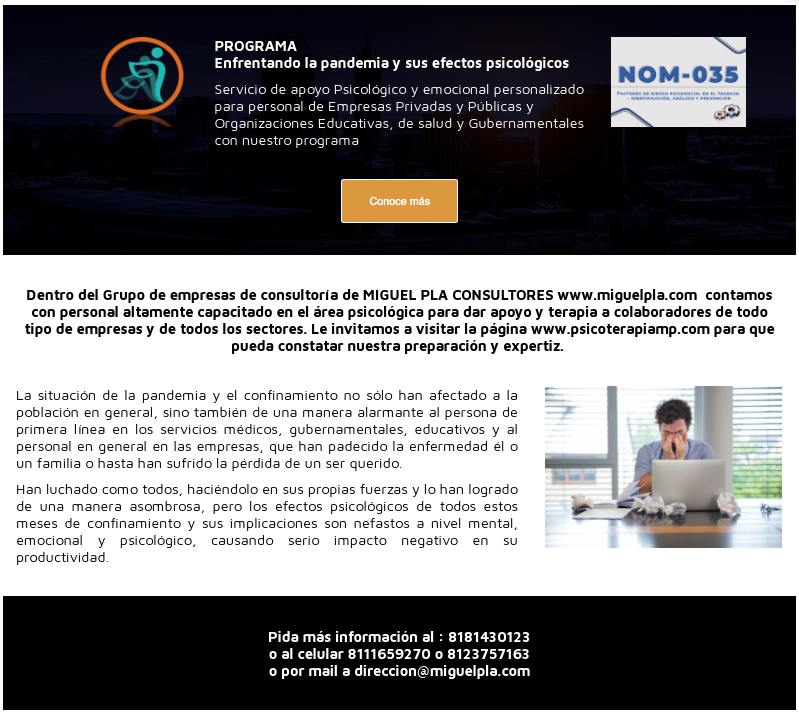This is what work will look like by 2030
Will technology kill jobs and exacerbate inequality, or usher in a utopia of more meaningful work and healthier societies?
While it is impossible to know what tomorrow holds, research by global professional services company PwC explores four possible futures – or “worlds” – driven by the “mega trends” of technological breakthroughs, rapid urbanization, ageing populations, shifting global economic power, resource scarcity and climate change.
The Red World – innovation rules
The world becomes a perfect incubator for innovation in one PwC scenario. Digital platforms enable those with winning ideas and specialist, niche profit-makers, to flourish.
However, PwC warns, the risks are high if innovation outpaces regulation. “Today’s winning business could be tomorrow’s court case.”
Image: PwC Workforce of the Future
Projects will develop at a fast pace and specialists will only stay with them as long as they, or the business, last. There will be few in-house human resources teams, with outsourcers or automation providing the human services needed.
Companies may see little regulation that prevents them doing what they like, while workers will enjoy fewer benefits like health insurance, pensions and long-term employment.
Image: REUTERS/Charles Platiau
The Blue World – corporate is king
Corporations grow so big and influential that some become more powerful and larger than national economies.
In a frightening vision, almost worthy of Aldous Huxley’s Brave New World, PwC predicts: “Human effort [will be] maximized through … physical and medical enhancement techniques and technology and, along with automation, analytics and innovation, push performance in the workplace to its limits.”
Image: PwC Workforce of the Future
While rewards for some will be high, the price will be people’s data, which will “predict performance and anticipate people risk [predict behaviour that may damage a business financially or reputationally]”.
In both the Blue and Red Worlds, people who have strong skills – and update them – will be in demand, those who do not will be discarded.
The Green World – companies care
“This is a world where corporate responsibility isn’t just a nice-to-have, but it’s a business imperative,” PwC says.
A strong social ethos places a heavy emphasis on diversity, human rights and the non-financial impacts of business on the planet and people’s lives.
Competition for talent is intense and financial rewards are still important, while incentive packages include “three weeks’ paid leave a year to work on charity and social projects”.
Image: PwC Workforce of the Future
However, workers are expected to reflect their employers’ values at work and at home and travel is tightly controlled.
“In this world,” the writers say, “automation and technology are essential elements to protect scarce resources and minimize environmental damage … But … technology is a double-edged sword: it allows organizations to meet their ethical and environmental agenda, but at what cost to humans?”
The Yellow World – humans come first
Financial technology enables more crowd-funded capital to reach ethically “blameless” brands, while workers and companies seek greater meaning and relevance in everyday life.
Artisanal skills return, as do workers’ guilds, which protect members’ rights and train new craftspeople: “It’s a world where humanness is highly valued,” says PwC.
Non-financial rewards are given in a trade-off for less money, work is often a fluid concept and the standard 9-to-5 working week is rare, while the divisions between home and work blur.
Image: PwC Workforce of the Future
However, while the automation of tasks that are dull, damaging or impossible for humans continues, the writers say: “Conflicts remain around the use of technology, as people are less likely to take the downsides of automation without a fight.
“As more people are impacted by technical advances and see their skills become obsolete, disaffection and the push-back against policies that favour the elite grow.”
Which way to the future?
All of the four possible futures in PwC’s report share the common theme of increasing use of technology to assist, augment and replace human work.
Some foresee the dominance of global corporations, others predict the growth of smaller, more individual endeavours. All, however, depend on digital technology to link talent pools and customers, and create financially beneficial relationships, whether these are between individuals and corporations, or groups of people.
“By replacing workers doing routine, methodical tasks, machines can amplify the comparative advantage of those workers with problem-solving, leadership, emotional intelligence, empathy and creativity skills,” PwC says.
“Those workers performing tasks which automation can’t yet crack become more pivotal – and this means creativity, innovation, imagination and design skills will be prioritized by employers.”
Changing lanes
Any of these futures – or a combination of them – are possible, but how we reach 2030, and who will benefit, needs careful planning and consideration.
In the film Escape from the Planet of the Apes, a scientist compares reaching the future to a driver changing lanes: “A driver in lane ‘A’ may crash while a driver in lane ‘B’ survives. It follows that a driver, by changing lanes can change his future.”
Working out which lane will lead to a less fractured world is one of the greatest challenges facing policy makers and corporate leaders today.











